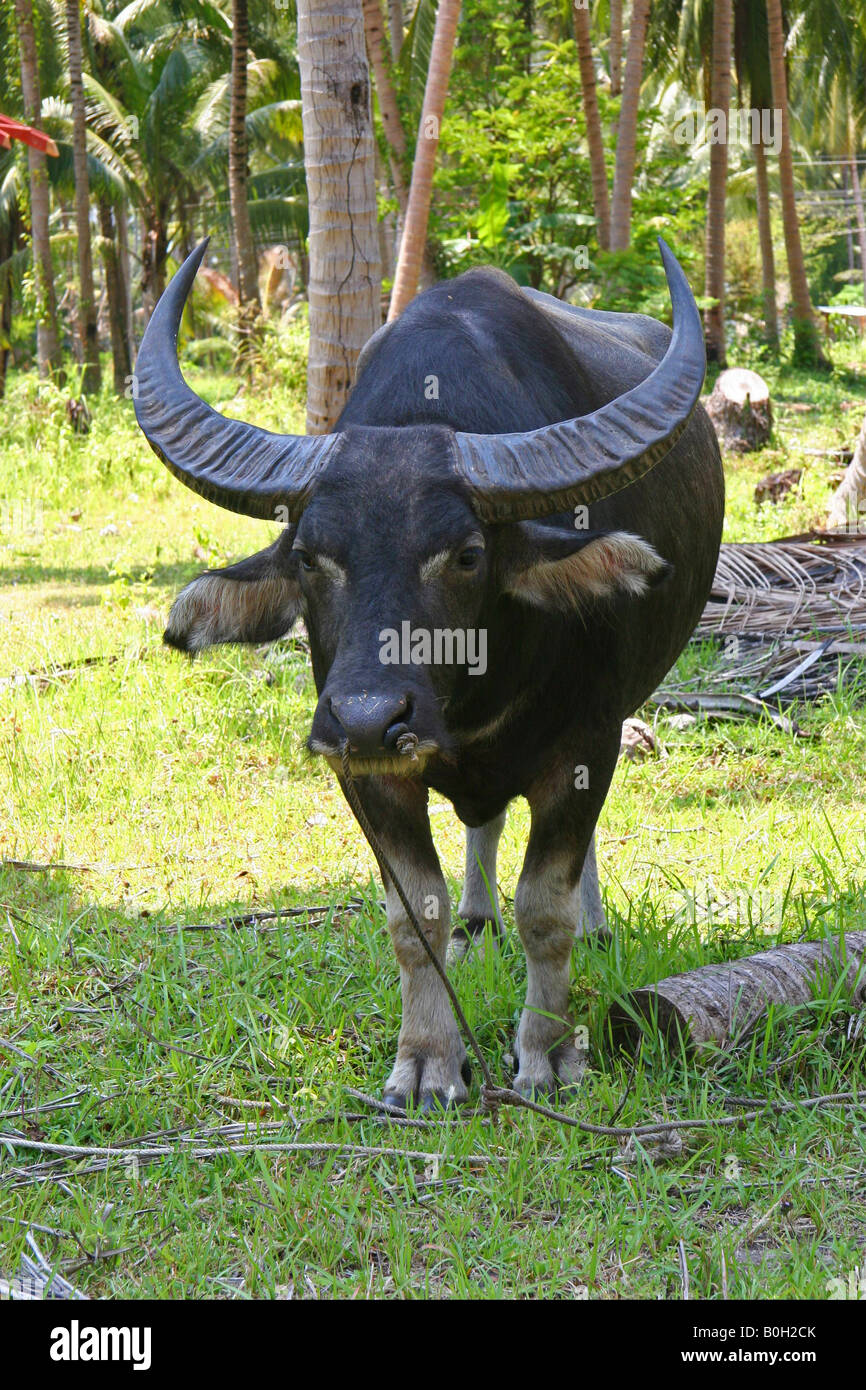Just how long can a water buffalo hold its breath, and what secrets do their aquatic habits reveal about these magnificent creatures? Water buffalo, far from being mere land-bound bovines, possess remarkable adaptations that allow them to thrive in and around water, showcasing an impressive ability to hold their breath for extended periods.
The world of water buffalo is a realm of surprising aquatic prowess. These animals, often associated with muddy fields and grazing, are, in fact, semi-aquatic creatures with a deep affinity for water. Their ability to submerge themselves, sometimes for considerable durations, is not just a quirk but a crucial survival mechanism. It allows them to navigate their environments, escape danger, and engage in social interactions in ways that are uniquely adapted to their lifestyle. From crossing rivers to finding refuge from predators, the water buffalo’s relationship with water is multifaceted and vital.
| Attribute | Details |
|---|---|
| Common Name | Water Buffalo, Domestic Water Buffalo (Bubalus bubalis) |
| Other Names | Asian Water Buffalo |
| Species | Mammal |
| Habitat | Typically found in wetlands, swamps, and areas near rivers and lakes; domesticated populations exist worldwide, especially in Asia, South America, and parts of Europe. |
| Diet | Primarily grazers, feeding on grasses, aquatic plants, and other vegetation. |
| Size |
|
| Lifespan | 25-30 years |
| Social Behavior | Live in herds, often led by a dominant female. |
| Physical Adaptations for Aquatic Life |
|
| Breathing Technique | Can hold their breath for several minutes, with estimates ranging from a few minutes up to several, depending on the individual and the circumstances. |
| Predators | Adults generally have few natural predators other than humans. Calves are more vulnerable to predators like tigers, lions, and crocodiles in some regions. |
| Conservation Status | Varies based on the population; some breeds are endangered. |
| Reference Website | World Wildlife Fund - Water Buffalo |
The ability of a water buffalo to hold its breath is not merely a matter of physiology; it's a complex interplay of anatomical features and behavioral adaptations. Their nostrils are equipped with the ability to close, preventing water from entering when submerged. Their eyes are positioned high on their heads, providing a vantage point above the water's surface, allowing them to observe their surroundings even while nearly completely submerged. Furthermore, water buffalo possess large lungs, facilitating the storage of air and extending the duration they can remain underwater. These physical characteristics, coupled with their behavioral patterns, paint a picture of a creature intimately connected to its watery environment.
Several factors influence how long a water buffalo can remain underwater. These include the animal's size, age, and overall health. Their level of physical activity prior to submerging also plays a role, as a more active buffalo will likely consume more oxygen. The depth of the water and the environmental temperature can also be significant factors. These influences underscore the remarkable adaptability of the water buffalo and their ability to adjust to their environment.
The reasons water buffalo submerge themselves are diverse and compelling. One primary reason is to escape predators. In their natural habitats, rivers and lakes can provide a safe haven from predators like tigers or crocodiles. By submerging, they can create distance, utilize the water's buoyancy to their advantage, and potentially confuse their pursuers. This underwater maneuverability is a critical survival tactic. Another key reason for aquatic activity is to cool off. In tropical climates, the intense heat can be a major challenge for these large animals. By immersing themselves in water, they can regulate their body temperature, find relief from the sun, and alleviate the burden of parasites and insects, which often congregate near the water's edge.
Beyond survival, water buffalo use water for social interaction. Herds are often seen crossing rivers together, navigating through aquatic vegetation, and engaging in playful behaviors. They may also use water as a setting for mating rituals and establishing social hierarchies. These interactions highlight the importance of water in their social lives and add another layer to their aquatic relationship. The amusing scene of anglers interrupted by a herd swimming through a river, or a buffalo enjoying a refreshing bath in a pond, illustrates their comfort in aquatic environments, and their seemingly casual relationship with water.
The water buffalo's underwater adventures offer a glimpse into their extraordinary adaptations. These animals, so often seen grazing on land, have mastered the art of navigating the aquatic world. They're not just capable of holding their breath for extended periods, they've integrated water into their survival strategies, social interactions, and daily lives. Their ability to disappear underwater, often unnoticed, is a testament to their evolution, their adaptability, and the intricate relationship they have with their environment. From the living tractor of the East to a creature of the water, the water buffalo continues to surprise and fascinate, demonstrating the boundless possibilities of adaptation and the remarkable beauty of the natural world.

